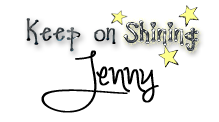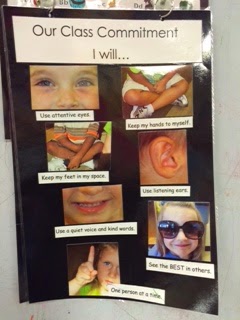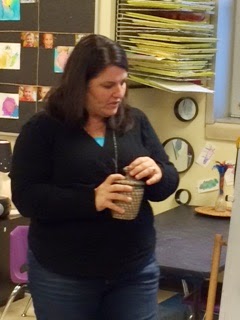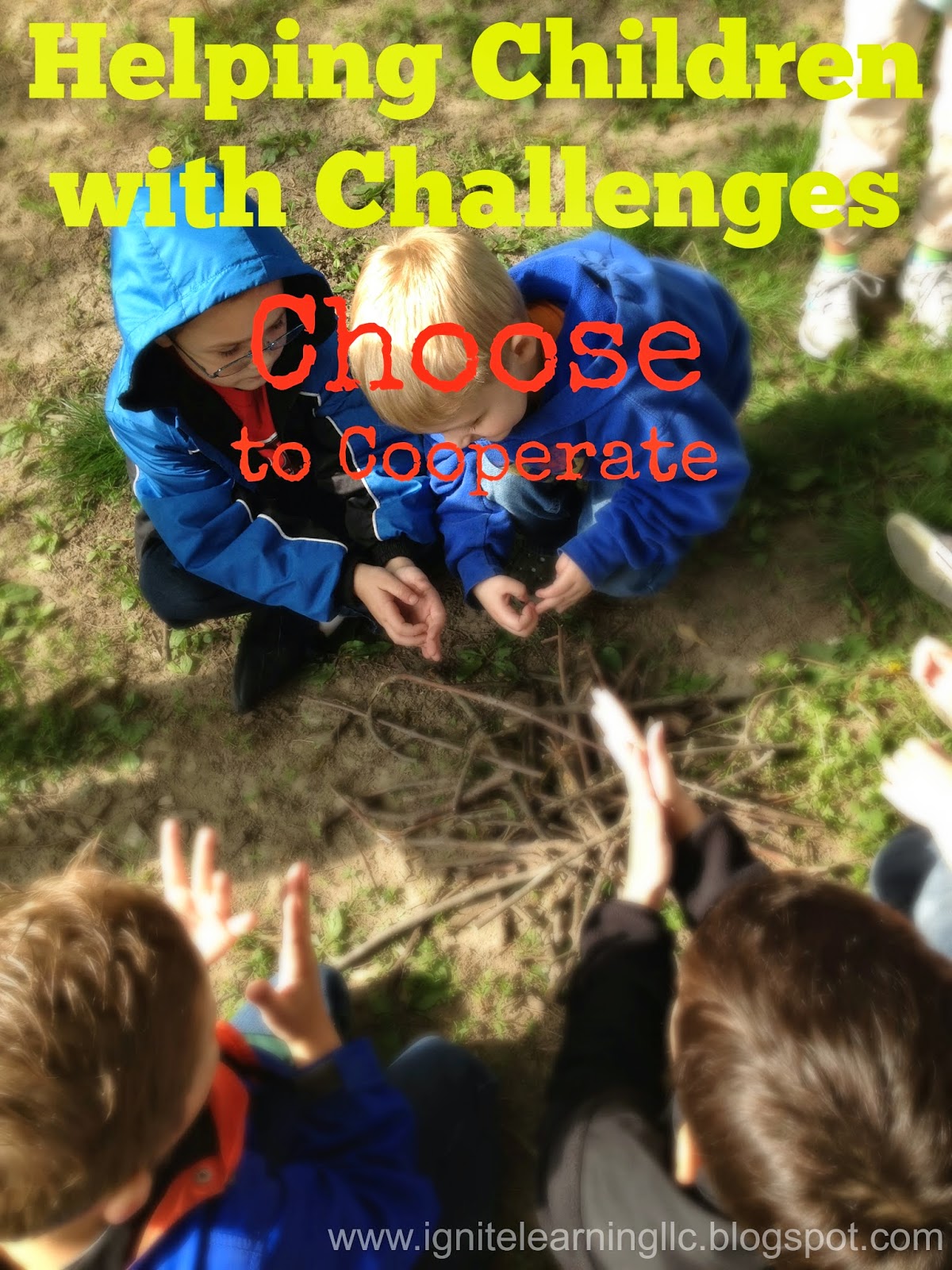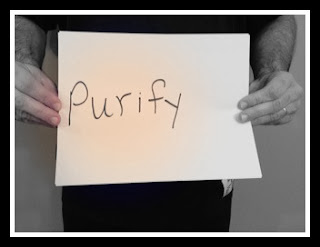HAPPY NEW YEAR!!!
I am so excited about the New Year! With the New Year comes prospects of so many good things. We get to choose our outlook on the New Year and I'm choosing to focus on "Becoming My Best Self" in 2014! I'm going to
DARE to use my
SUPER POWERS and rely closely on the
PEOPLE around me so it will be the best year yet!
I've been reading the book
One Word that Will Change Your Life by Jon Gordon. Jon says that four out of five people never keep their New Year's resolutions and that half of the people have given up by the end of January. I've never been a big fan of making resolutions for that very reason! Why set yourself up for failure? I decided to give ONE WORD a try.
Jon shares three simple steps for choosing your ONE WORD:
Look in: Set aside some time that is free from distractions and ask yourself some questions about where you've been and where you want to go in the coming year in all aspects of your life: physically, financially, socially, mentally, and spiritually.
Look up: Spend some time in prayer and ask God to help you find the word that will help you become the person He wants you to be.
Look out: Once you've discovered your word it is time to live it out. As Jon says, "This is where the rubber meets the road."
Jon encourages you to share your word with your inner circle and put some structures in place to help guarantee your success. Find some people in your life that can help hold you accountable and who can cheer you on throughout the year! He also suggests that you take pictures or find a creative way to display your word in a painting, photo, or other visible way so you see it frequently and stay focused.
I was sharing what I had read about ONE WORD with my family last week during our family meeting. They were very interested in joining me in the process. I am so excited that they will be doing this with me and it was super cool getting to go through the process of choosing their word with them.
I want to share a couple of ideas of what I did to help my children who are 10 and 12 years old choose their words even though they have not read the book and didn't fully understand the concept at first. Here is the process we went through:
1. Start where they are: I reminded my children of the movie the
Polar Express. In the beginning of the movie each child is given a different word on their train ticket, but they only get half of the word. Your curiosity is peaked as you wonder throughout the movie what their word will be. Each child's word is finally revealed toward the end of the movie. Now that you know the characters better you fully understand why they got the word they did. (Lead, learn, believe, etc.) I told my children that the One Word process was similar. Each person gets a word that is unique to them.
2. Help them reflect with guiding questions: I found a helpful
printable by Mique over at her blog called "Thirty Handmade Days". I printed one out for each of my kids and we sat down and reflected on their answers. They answered questions about what they learned in 2013, what they want to learn in 2014, and what goals they have for the year ahead.
3. Look at pictures online of words other people have chosen and how they have displayed them. It was really helpful for the kids to see that there are schools, sports teams, businesses, and families all over the world doing this
with us! It really inspired them!
4. Make a list with each child of possible words they could choose. This was mostly a brain storming session that just helped get everyone thinking.
5. Give them some time to think. I gave the kids some time and space to reflect on their list of words and see what jumps out at them. I also suggested that they chat with other family members about their thoughts and get guidance and input from various sources. Within 24 hours they were both confident about the words they'd chosen.
We are going to do a family project this weekend to help us display our words, but we haven't decided what we want to do yet. We'll see what we come up with and post pictures of that later!
I thought you might like to see what words we chose so you can be a part of our journey this year. We would love for you to share your words with us in the comments below so we can encourage one another and
become our best selves together!
Back in June I left my full time job to have more time to focus on my family, building my business, and blogging. I have struggled in the months since trying to get into a regular routine. I was a teacher for 18 years. There was always someone else giving me the structure I needed to be successful as a teacher. They told me when to come, what to teach, and how. With that in place, my creativity was at it's max! Without those structures, my creativity and composure flew out the window!
So, as I started considering my word, "routine" was at the top of the list. There were a couple of other words that kept flying around in my head as well and I just couldn't pick one. I kept thinking to myself, "I wish I had more
clarity on my word." Finally, I decided to ask for some help and someone suggested the word
CLARITY. HA! That's it!!! That's exactly the word for me!
As I seek to be my best self, I need clarity! That's the intent behind being Assertive. An assertive person sets clear limits for themselves and the people around them. In order to be assertive though, I need better vision for where I'm going and how I'm going to get there. Without a clear vision it is as if you are walking around in a fog just being blown by each whim that comes your way. In order to be my best self I need to clarify my goals and put some limits in place for myself and for my family that will help get where I want to go.
Here are the words for the rest of my family. (My son was sleeping so we will add his tomorrow). They each have their own story for why their word is important to them and how they hope it will change their lives in 2014.
We hope you will join us in this journey to become our best selves. It's not about the destination, it's about the journey! What is your ONE WORD?








